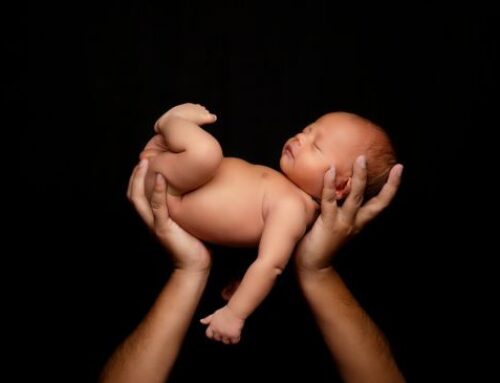Genocide Awareness Project demonstrators charged at University of Calgary
Pro-life students at the University of Calgary remain unbowed after aggressive – and unnecessary – actions launched against them by university administration and the student union.
At press time, four personnel with the Campus Pro-Life club had received summonses to appear in court Feb. 27 on a charge of “trespassing.” Two more had their names taken down and were expecting to receive summonses as well. Shortly afterward, the University of Calgary Students’ Union revoked CPL’s club status.
The developments were the result of CPL’s latest staging of a graphic Genocide Awareness Project display on campus last November, which prompted written threats of legal action from the university’s legal firm, Burnet, Duckworth & Palmer. Paul A. Beke of that firm said the students would face arrest, fines, a civil lawsuit, suspension and expulsion if they did not “reorient” their graphic display in such a way as to ensure passers-by who didn’t want to see the display wouldn’t.
In doing so, Beke claimed the university – which receives 60 per cent of its funding from government sources – was “private property” and that the Charter of Rights and Freedoms, which guarantees freedom of assembly and expression, does not apply to it.
The imbroglio has attracted headlines across the country, with even normally hostile media outlets such as the Toronto Star editorializing that, “University campuses are supposed to be havens of free speech.”
For their part, the pro-life students, who have held their ground firmly throughout, are determined to see the matter through.
“We are very determined still … to be a voice for the unborn,” said CPL president Leah Hallman. “We are committed fully to that. We are quite determined not to let anything stop us from being able to do that.”
Hallman added the university and student union “have made it a little bit more difficult and frustrating,” but that means that pro-life students “just have to be a little more creative and persevere.”
She said reactions on campus to the controversy have been mixed, but her family and many of her classmates and roommates and have been very supportive and are asking how things are going: “They’re just astounded that the university would do such a thing.”
Hallman is hopeful the students can beat the court rap, while keeping in mind that one must “hope for the best, but expect the worst.” She is encouraging concerned Canadians to voice their views with the president of the university, the student union and the government. “Stand up for what is right. Stand up for truth. Stand up against injustice by speaking out for the unborn (and) living in solidarity with them and by persisting in the face of persecution.”
Stephanie Gray, executive director of the Centre for Bioethical Reform, which helps students stage Genocide Awareness Projects on campuses, said although such exhibitions have encountered various degrees of suppression and censorship in the past, the U of C situation is at a different level.
“The real issue is the fact they don’t want this truthful, but controversial, message on display,” she said.
She dismissed the university’s notions that it is a private institution at which the Charter of Rights does not apply. “If they’re going to hold (to) that … I recommend they stop taking taxpayer dollars to fund their institution.” At previous GAPs held at the U of C, the university admitted that the Charter of Rights did apply there, Gray noted.
She added pro-abortionists “can’t be very confident in the perspective they claim to hold if they are afraid to allow the alternate perspective to be heard.”
John Carpay is executive director of the Canadian Constitution Foundation, an independent and non-partisan organization with a mission to defend and promote constitutional freedoms in Canada’s courtrooms. The CCF has taken up the pro-life students’ cause from a free speech standpoint and will be providing free legal representation during their upcoming court appearances.
Carpay echoed Gray’s observations that the university has previously acknowledged Charter rights on its property and questioned why the institution has done a 180-degree turn after allowing the GAP six times in the past.
“The only risk of violence is coming from people who disagree with the display, who might attack it and tear it down … What the university should do … is uphold the rule of law … You don’t allow the threat of violence to shut down a very controversial opinion. That’s very, very scary.”
Carpay added the situation is “clearly a case of viewpoint discrimination. The university is targeting one group of people who hold one opinion on one issue … What they’re targeting, really, is the pro-life message.”
He said the matter of the university being a private institution is somewhat of a grey zone, in that, because it is not a direct arm of the government, it lies somewhere between being private and public. It will be up to the judge or judges presiding in the upcoming court cases to sort through those questions, he said.







